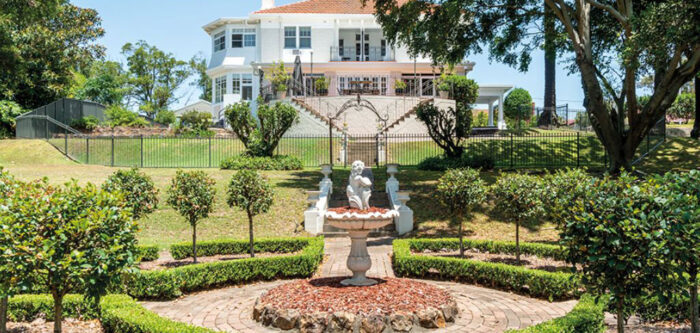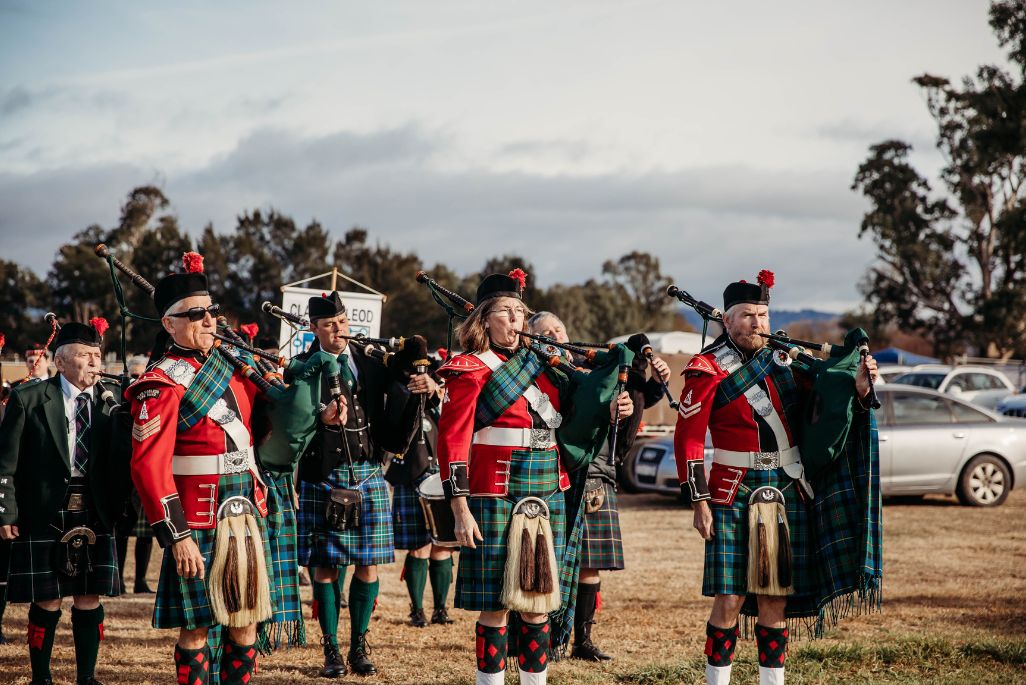
Full kilt
Games weave lasting mark on region.
Steeped in tradition, the annual Aberdeen Highland Games are as synonymous with Scottish custom as the fabric upon which it is built: the humble tartan.
A little-known fact outside local clans is the Upper Hunter has its very own tartan; number 12,320 on the official Scottish Register of Tartans.
Its signature check and swathes of rich colour are directly tied to the region; blue, to represent the Hunter and Goulburn rivers; green, for its plentiful farmland; white, for the milk and cream that flows throughout the valley; black, to represent the coal seams sprawling underneath; purple, for its abundant grapevines; yellow, representing the golden crops and wool; and red, in a sombre nod to the blood shed by the light horsemen of the Upper Hunter and their horses in World War I.
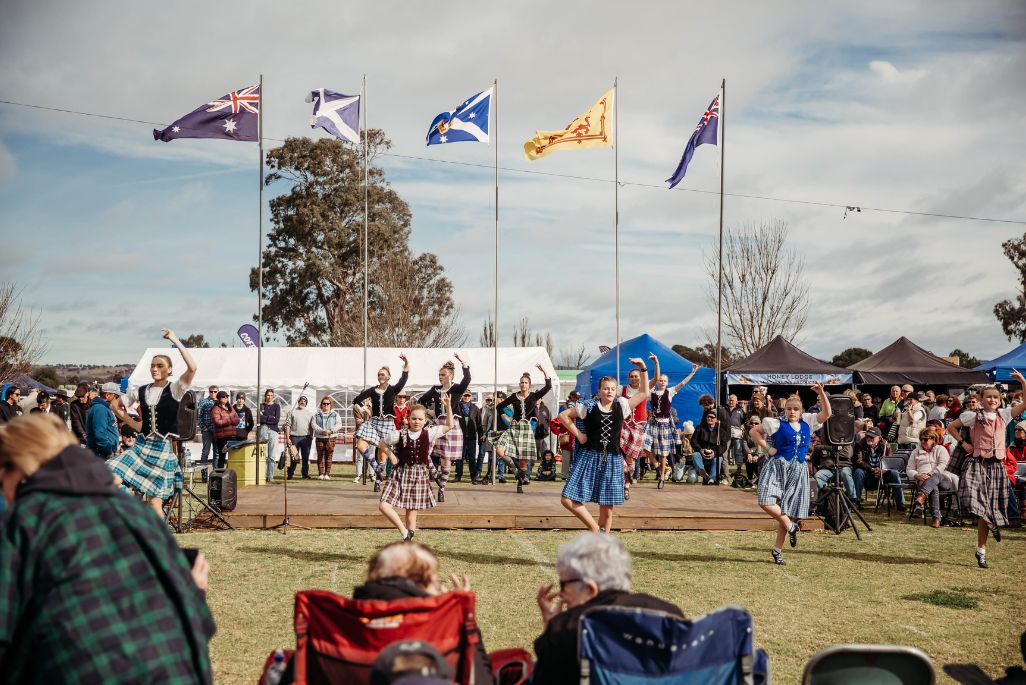
The Upper Hunter tartan is proudly donned each year for the games by members of the Scone RSL Pipes & Drums band, of which Aberdeen Highland Games vice-president Charles Cooke is one.
“I wear it with pride,” says Charles, who belongs to the McLeod clan.
“If you’ve got a bit of Scot blood in you – which, in Australia, most people do – when you wear a tartan or a kilt you just feel better.
“The tartan is something that those of us who’ve got Scottish background have always lived with. Under the name of McLeod, there are something like 35 or 38 tartans registered. Most of them are quite similar, some are quite different, but the Upper Hunter tartan is significant to this region.
“When [the games’ organising committee] decided to develop this tartan and make it a representation of the people of the Upper Hunter, we took into consideration the various aspects of life here.”
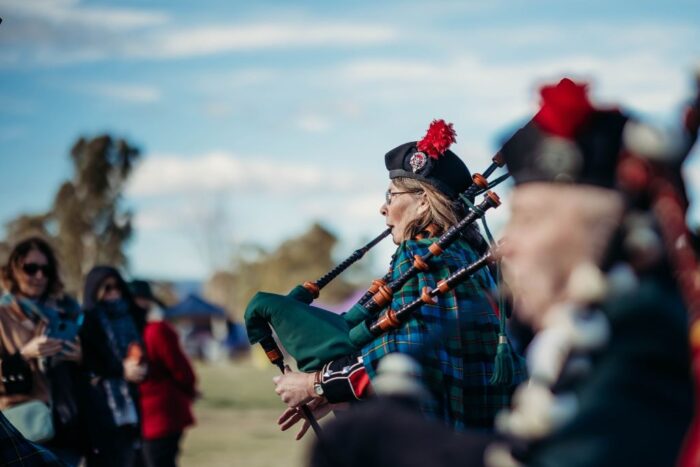

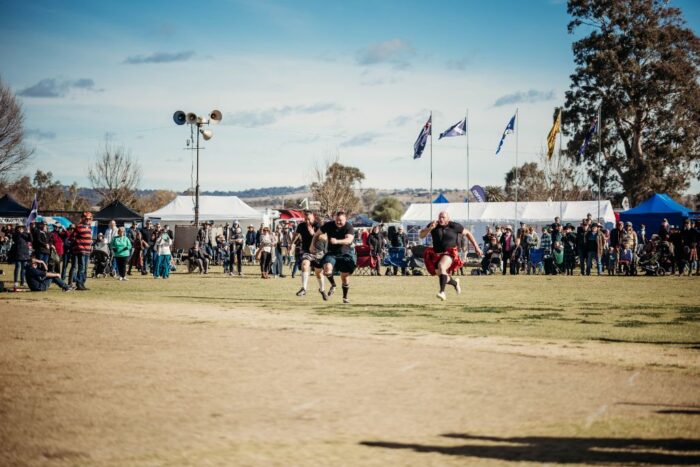
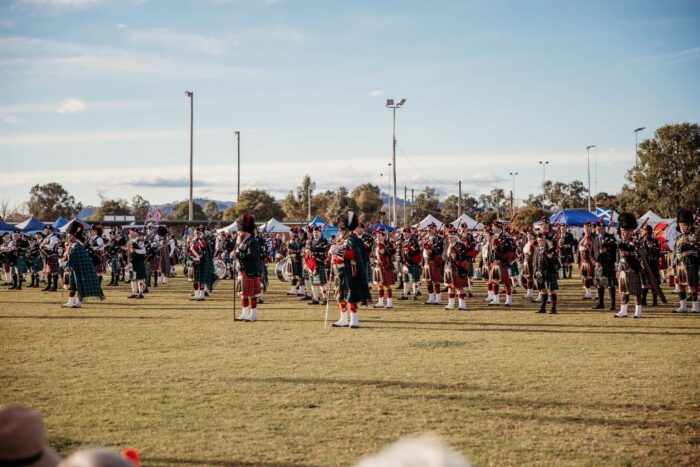
Charles is a founding member of the committee, having established the event on 1 July 2000 alongside fellow Muswellbrook identity John Flood.
Initially, they had intended it to be a one-off event as a celebration of Scottish heritage and a means to unite the township of Aberdeen, which was reeling from the closure of the Aberdeen Meatworks and some 400 job losses at the abattoir.
But, like all good things, it took on a life of its own and a quarter of a century later, the event has grown from 100 attendees and three pipe bands to about 3,000 revellers with proceedings limited to 13 pipe bands.
Read the full story in our Winter Edition of Hunter & Coastal Lifestyle Magazine or subscribe here.
Story Georgia Osland, Photography Amanda Ray Images.

